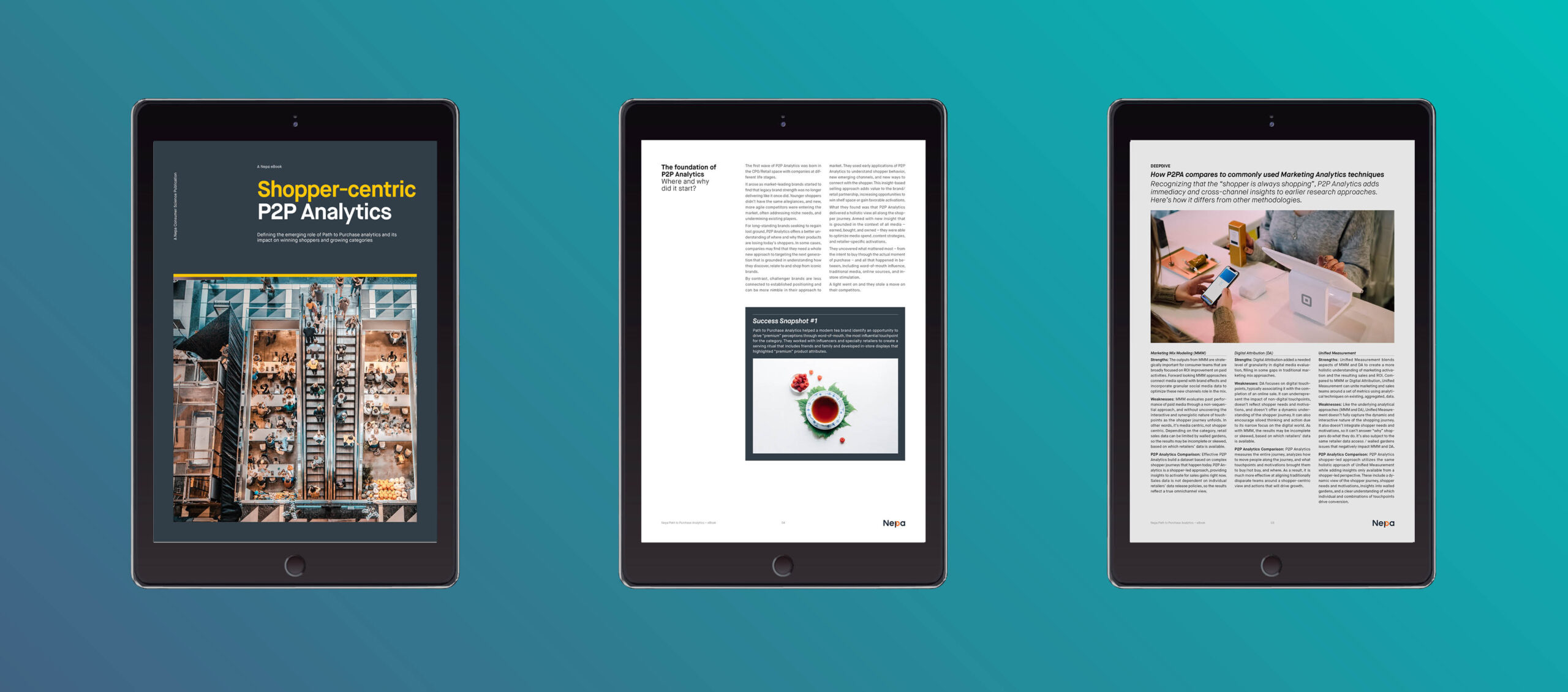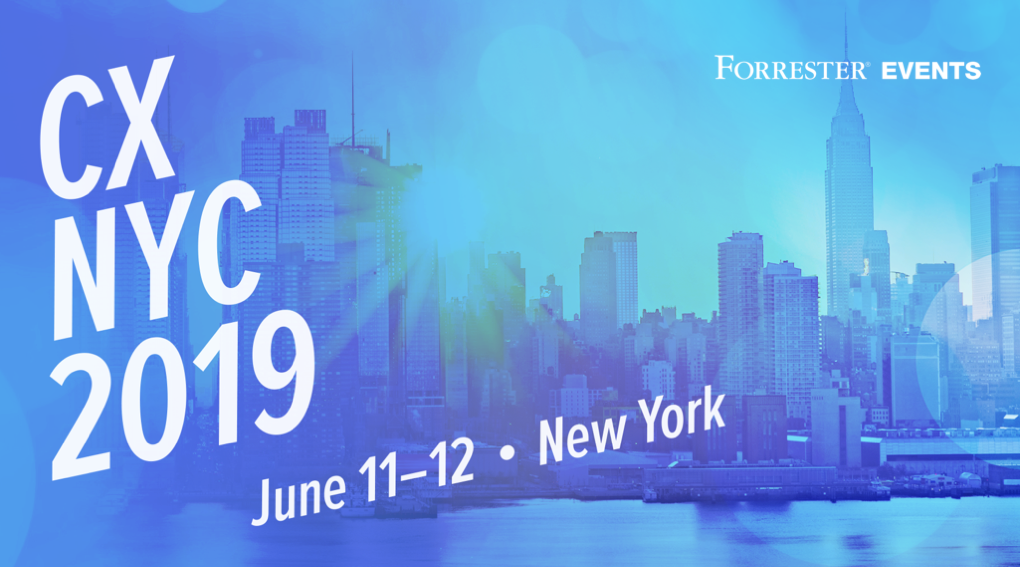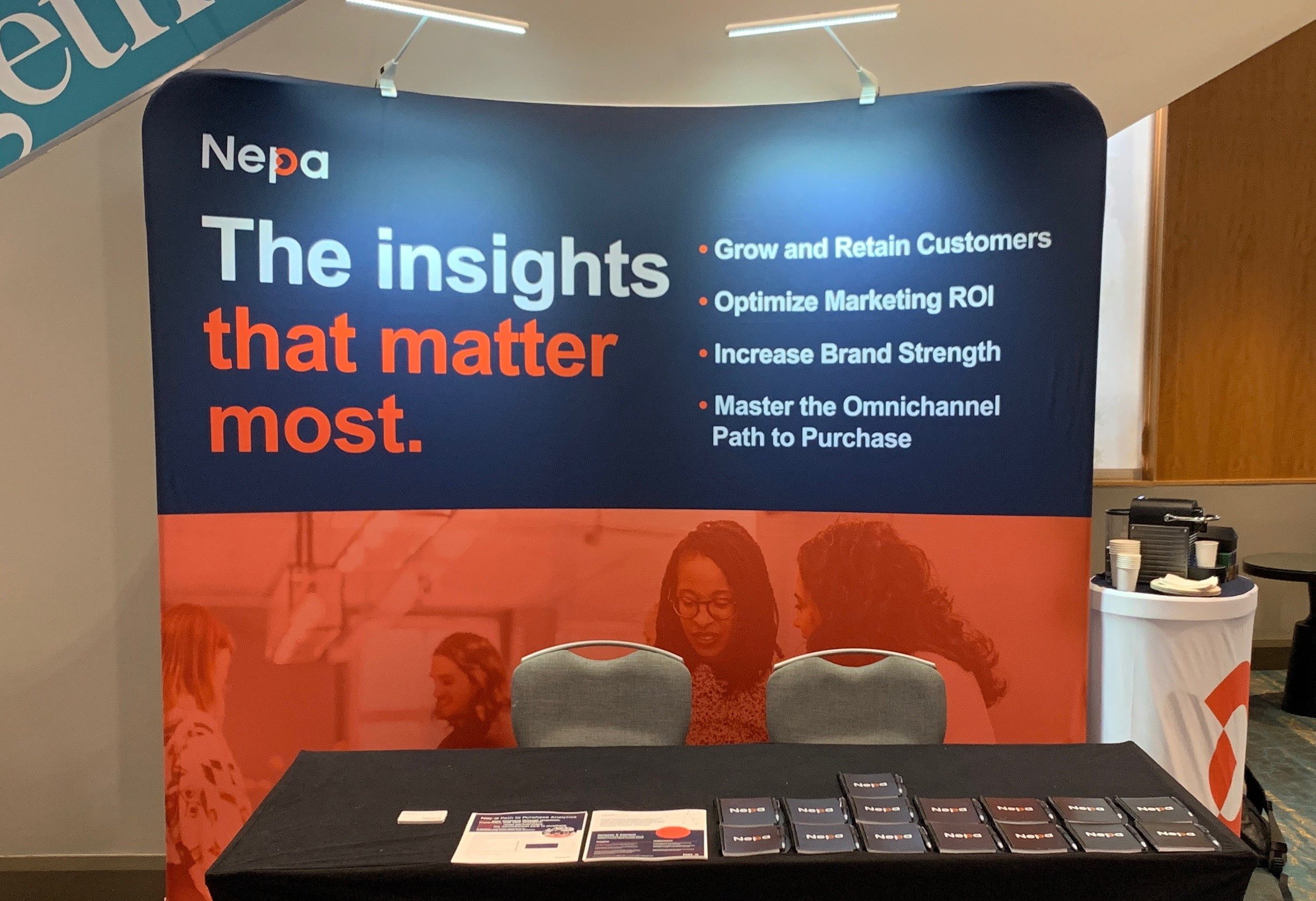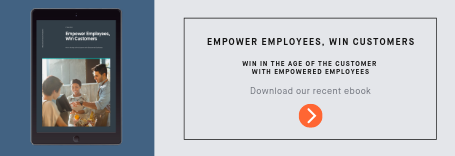In advance of next week’s Forrester conference – CX NYC: Change the Game – Leading Radical CX Innovation – we caught up with Nepa US Managing Director Ken Peterson to discuss a critical issue in CX – why Do-it-Yourself systems often aren’t as cost-effective as advertised and how the human element makes all the difference in creating actionable insights for companies.
Q. What is the origin of the “Do-it-Yourself (DIY) CX Software” or “Customer Experience Measurement” approach to CX?
A. Companies started to measure Customer Satisfaction at scale in the 2000s at the dawn of online research. Market Research teams would build bespoke platforms for clients to distribute these reports across the organization to democratize information about customer experience. Several Software as a Service (SaaS) firms built platforms that standardized feedback collection and reporting.
Q. How does this work in the real world?
A. It initially made it more efficient for companies of all sizes to measure customer satisfaction. Theoretically, it should be less expensive as well – though customer experience measurement platforms have invested in marketing a premium price that outpaces the value it delivers.
On the negative side – it’s boxed many companies in to a less dynamic approach and put the emphasis on quantity of feedback rather than quality or actionability. Many platforms over-emphasize tactical solutions to customer pain points, causing clients to invest in fixing one-off problems rather than addressing strategic issues.
If all you want is to measure CX performance, a DIY system should work. If you want to develop an experience advantage or deliver truly actionable insights, you’re likely to find its utility limited.
Q. How does this differ from a more consultative approach?
A. Ownership of the system delivering value – a consultative approach puts a seasoned CX leader at the heart of an engagement who takes responsibility for its success. The right technology is pulled in, eliminating waste or misuse of features. This saves money and adds value. It brings the art into the process that allows for greater focus and ultimately the kind of differentiation that creates competitive intelligence.
Q. How responsive is a DIY CX software approach to tactical shifts in a retailer’s market strategy or market conditions? The launch of a new advertising or email campaign, for example?
A. It offers the promise of allowing the user to quickly gain feedback to changing conditions. However, there are limits. It may insert unintentional bias to the data collected. Questions may be added until no one wants to complete the survey. Often, data continues to be collected whether or not the report is being used.
Ultimately, the CX measurement program may stop connecting to any internal KPIs. A DIY CX approach can also result in every department doing their own thing, without a holistic view of CX. Transactional CX, relationship CX, contact center CX and Digital CX end up living in their own worlds.
One final point can’t be emphasized enough – the CX program often is the wrong environment to measure and/or test new concepts or changes in business strategy. The CX program measures the execution among customers; however the program does not effectively measure the marketplace – it is a “customer only” view.
Q. What would you say are the insights that are most frequently missed by DIY CX Software?
A. The insights about the holistic end-to-end experience when programs are not properly connected. Strategic insights that include an external view of the marketplace at the corporate level. Strategic insights that can be used at the local/branch level. Finding the “right measure” for the company because there hasn’t been a review of the programs (individually or across the company) from an external perspective.
Q. What about the impact of Brand on the buying decision? How is that accounted for?
A. The Brand (with a capital “B”) usually isn’t accounted for properly in a CX program. When these programs start to fall under marketing teams, this will be viewed differently than when they sit with IT, operations and/or customer care. Unless a marketing team is deeply involved in the roll-out, there is almost no analyzed connection between Brand and CX. It is another silo within the organization that results in inefficiency.
Q. What kind of in-house resources does it take to support a tech-only approach to CX?
A. The DIY tech-only approach to CX is advertised as a cheaper alternative. The reality is that it takes many resources to execute on just the technology portion of the program. It often requires a full-time, experienced CX project manager who manages the deployment across the company, frequently with additional internal support for analytics and operations.
Then there are usually additional FTEs that must contribute from IT data operations, IT infrastructure, CRM/Loyalty department and company operations. Also, the tech-only approach will result in the organization having to build and maintain a training program to make sure program output is understood across the organization. This is often overlooked and when it is the result is that the outputs of the program are used in the wrong way for the wrong reasons.
Q. Taken as a whole, are DIY CX systems really as cost effective as advertised?
A. In our view, no. There are both less than obvious expenses and the cost of what they don’t uncover – the actionable insights they’re not designed to produce. It’s hard to put a price on that, but it’s very real and can be hugely expensive for an organization. What you don’t know can hurt you.
Interested in setting up a CX program? Or identifying and prioritizing insights from your existing one? Reach out to Ken Peterson directly to set up a call.
















